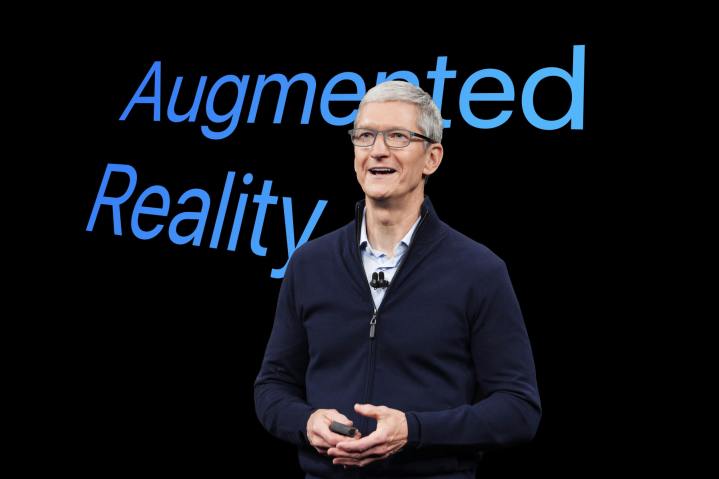Apple CEO Time Cook described something similar to the metaverse in a recent interview, possibly changing his mind about a digital world to enhance our own.
The most recent revelation about Cook’s changing ideas about AR/VR technology and the metaverse comes from an interview in GQ. “My thinking always evolves. Steve taught me well: never to get married to your convictions of yesterday,” Cook mused.

About future Apple AR technology, Cook added, “it’s the idea that there is this environment that may be even better than just the real world—to overlay the virtual world on top of it might be an even better world. And so this is exciting.”
What Cook describes sounds quite similar to Meta’s description of the metaverse. This particular term won’t be used by Apple. Meta incorporated the concept into its company name, and there has been significant backlash about the idea framed as a Meta property. Apple’s digital world won’t be called the “metaverse.”
Cook also backtracked on the importance of AR glasses after strongly supporting augmented reality as the technology of the future.
As far back as 2016, Cook shared his preference for AR over VR, calling augmented reality profound. However, Apple’s AR glasses development has been suspended in light of technical challenges, according to recent reports.

The likelihood of Apple’s mixed-reality headset launching in 2023 has increased in the last several months. Most reliable sources agree that the device will be announced sometime in 2023, possibly at Apple’s Worldwide Developers Conference event in June, even though an early release of the Apple’s Reality headset could be risky.
Lumping AR and VR together, Cook said, “to take one side of the AR/VR piece, the idea that you could overlay the physical world with things from the digital world could greatly enhance people’s communication, people’s connection.”
The GQ interview also touched on the unsuccessful launch of Google Glass and the Meta Quest Pro. Cook wasn’t surprised that Glass failed, describing the device as intrusive. When the Quest Pro launched, Cook was vocal about the benefits of AR.
Now Apple is rumored to launch a mixed-reality or extended reality (XR) device of its own this year. There’s no doubt that Apple’s long-term goal is to move to AR glasses as soon as the hardware, software, and consumer demand is sufficient to meet Apple’s high standards.
An Apple-themed metaverse could begin development this year, however, with the upcoming launch of the rumored Apple Reality headset. That would provide several years for the ecosystem to evolve while Apple’s AR glasses are in development.
Editors' Recommendations
- This new VR headset beats the Vision Pro in one key way and is half the price
- Your Quest 3 just got so much better — for free
- We have some bad news for Quest owners
- Does the Apple Vision Pro come with a battery?
- These are all the must-try apps for your Meta Quest 3




